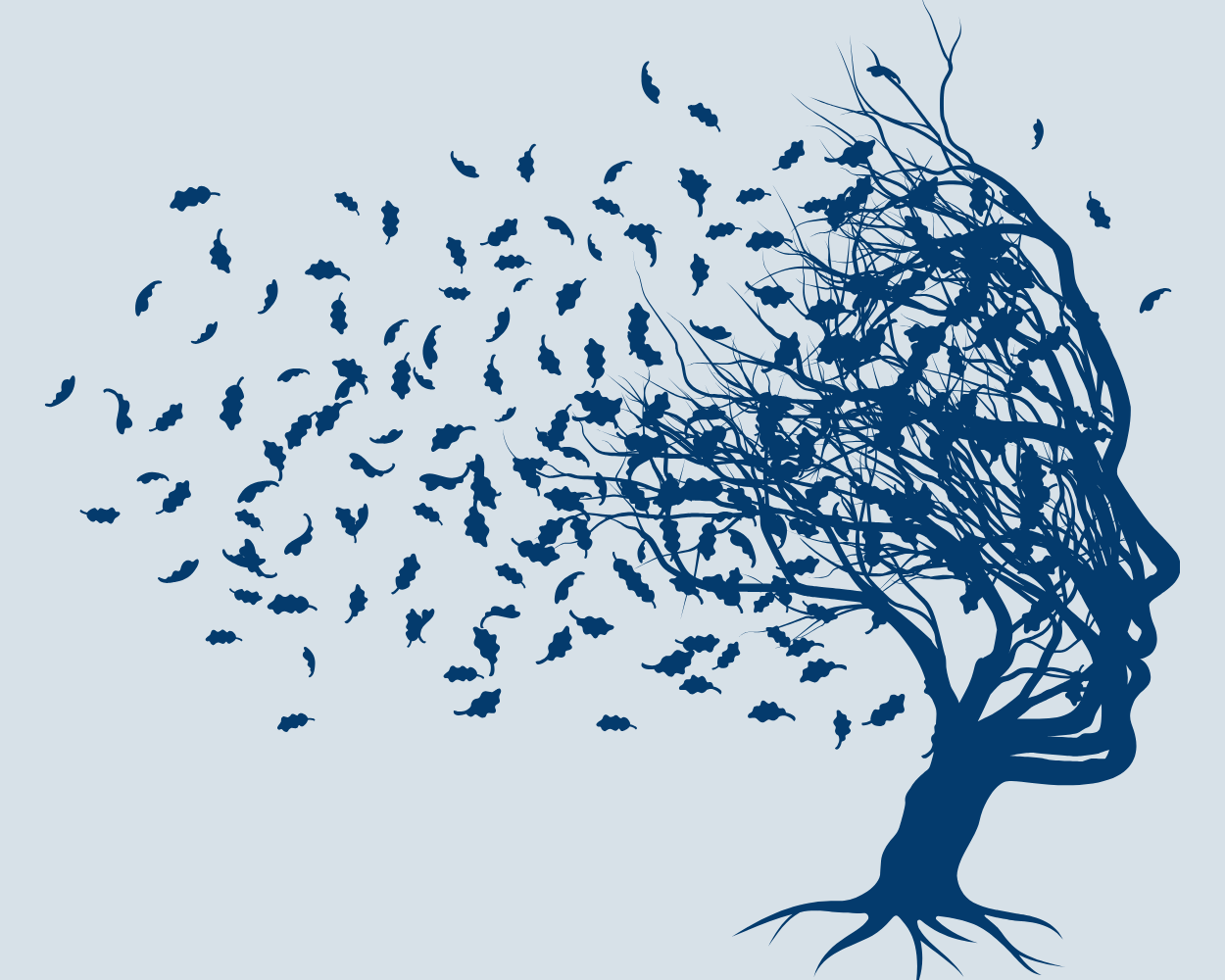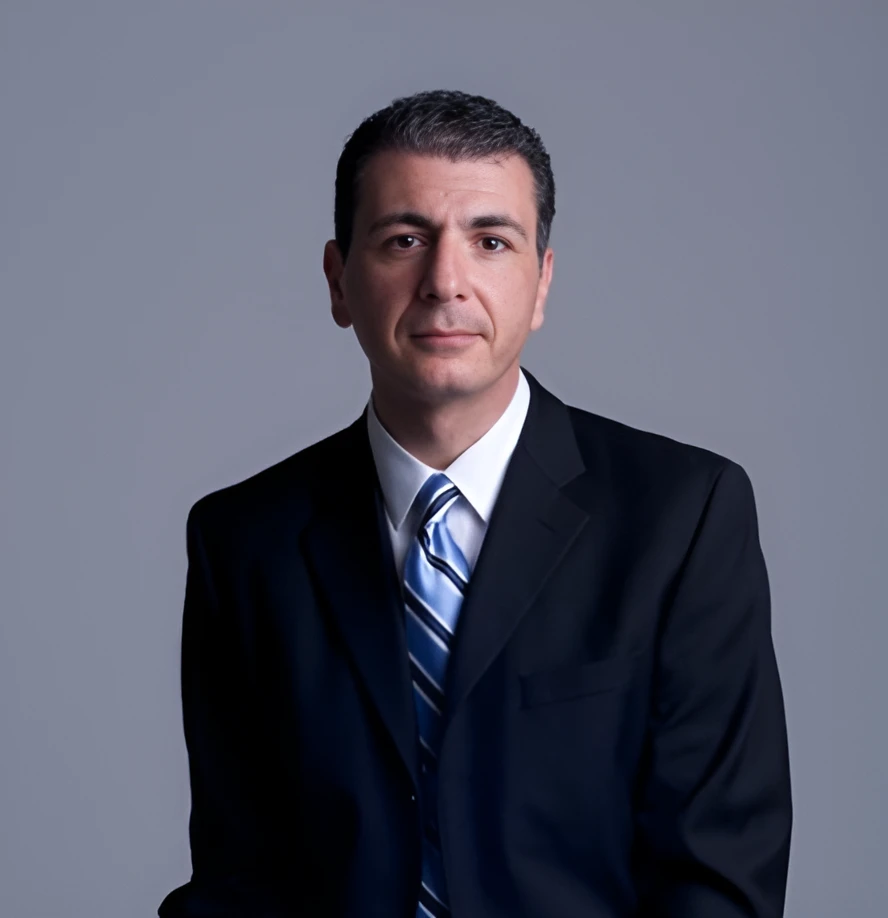Therapy & Counseling To help you Thrive
At San Jose Counseling, our therapists and counselors specialize in treating anxiety, depression, as well as addictions, relationship issues and trauma.

Offering Online Therapy & Counseling Throughout California
Our practice operates exclusively online through very simple-to-use video conferencing tools that are HIPAA-compliant, allowing us to provide convenient and accessible care from the comfort of your home. We have helped countless individuals, couples, and families live better lives. Still we are helping individuals through life’s toughest challenges. San Jose Counseling is a trusted source of information on Sexual Addiction, Marital & Premarital Counseling, and Trauma & PTSD.
Connect with your Therapists and Counselors based in California, U.S., who offer tailored and personalized therapy according to your needs. Please don't hesitate to get in touch with us to learn more about these options. We are committed to high-quality therapy and counseling for you.
How San Jose Counseling Works
Connect With Your Therapist
Are you looking for help?
You have found the right place at San Jose Counseling!
There are times when life doesn’t turn out the way you had hoped. Despite your best efforts, you find yourself having to deal with difficult life challenges. You are not alone. We can help. Click on the link below for a free consultation.
We offer many counseling options including marriage counseling, couples counseling, premarital counseling, individual therapy, sex addiction therapy, trauma therapy, including EMDR for the spectrum of traumas.

Our Services
EMDR
We offer EMDR therapy to reduce your symptoms associated with emotional & physical trauma. Here is how to decide if it is right for you.
ANXIETY
We offer clinically grounded, compassionate anxiety treatment, addressing stress and emotional responses with expert care and understanding.
BETRAYAL TRAUMA
Betrayal trauma recovery is an intensely painful process that impacts every aspect of a betrayed partner’s emotional and psychological well-being.
SEX ADDICTION
Struggling with Sex or Pornography Addiction? We offer specialized, evidence-based therapy to support your recovery and healing.
INDIVIDUAL
In individual therapy, we are going to work together to improve your quality of life! We do so by first understanding what brought you to counseling.
COUPLES & MARRIAGE
Whether you are dating, engaged, or have been married for years, We can help you discern the issues and build a thriving relationship.
CHRISTIAN COUNSELING
Are you looking for a Christian Counseling Center in San Jose? Then San Jose Counseling could be the counseling center to meet your counseling needs while upholding your Christian values.
Our Expertise
Kind Words from Our Community

Trusted by many for compassionate care
The team at San Jose Counseling, Inc. is honored to have been recognized by BusinessRate as one of the top-rated psychotherapy practices in San Jose for 2024. This acknowledgment is based on recent client reviews and reflects our ongoing commitment to providing quality care and support to those we serve.





























